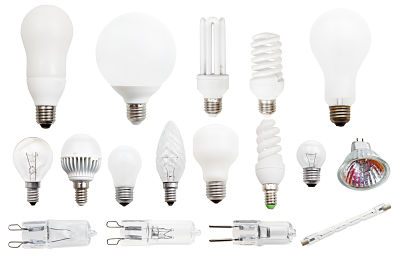It’s time to think about replacing those halogen downlights you have had in your home since, well… forever. While, yes, they were popular in the 90’s and early noughties as general room lighting, even though they were designed for ‘task’ lighting with their sharp, bright light and ability to highlight specific features in your home, they aren’t exactly saving you any money.
In 2015 you should be more conscious than ever of your energy consumption. Why? Not only due to a concern for all things environmental, but with energy prices rising all the time you need to think of your wallet too.
So let’s explore the real differences.
Halogen Downlights
 Most commonly, people mistake the “low-voltage” in low-voltage halogen downlight for “low-energy”, thinking they are making the best choice, when they couldn’t be more wrong. David Howard, the president of the Association of Building Sustainability Assessors said that “[halogens] are so inefficient. They’re more like a heating source than a lighting source”.
Most commonly, people mistake the “low-voltage” in low-voltage halogen downlight for “low-energy”, thinking they are making the best choice, when they couldn’t be more wrong. David Howard, the president of the Association of Building Sustainability Assessors said that “[halogens] are so inefficient. They’re more like a heating source than a lighting source”.
Why? A halogen lamp uses a tungsten filament encased inside a much smaller quartz envelope than a normal light bulb. It is because of this closeness that a halogen light is extremely hot compared to a normal light bulb.
Halogen downlights actually operate at over 300 degrees Celsius and if not adequately ventilated or protected, can easily start a fire. In fact, inappropriately installed halogen downlights are one of the leading causes of house fires in Australia.
In terms of efficiency and energy use, there are three main factors to consider:
- Types of lighting – the cost of running a light is directly related to the input power (wattage) of the globe.
- Light fittings – using downlights means you’ll need to install more lights, therefore your overall energy consumption and running costs increase. Pendant, oyster or fluorescents use significantly less.
- Hours of use – of course, the longer you leave your lights on, the higher your running costs. Don’t forget to switch off lights in rooms that aren’t occupied (and the same goes for switching off appliances at the wall to save powering the standby lights).
Energy Saver Downlights
Energy saving lighting is about reducing the wattage used in a light fitting, while producing similar light output.
Low energy lighting alternatives such as CFLs (Compact Fluorescent Lamps) or LEDs (Light Emitting Diodes) can last up to 30 years, however the initial expense can be greater to buy CFLs or LEDs than halogen lights. Fortunately though, the long-term benefits significantly outweigh the investment as they only use 10-20% of the electricity consumed by a standard globe.
If you already have halogen downlights installed in your home, they can be replaced. For example, if you can replace 12 volt 50 watt halogens with a 6 watt LEDs (saving you up to 90%) or you can swap a 240 volt downlight with an 11 watt CFL. However, if you are installing lamps of a different size or voltage, you may need an electrician to wire the new fittings! And yes, that might incur some costs, but you’re likely to recoup your costs reasonably swiftly by lowering your energy bills.
By replacing your halogen downlights with energy saving globes, particularly in high use areas, you’ll make sure you’re using the lowest wattage light you need. You can save huge amounts on your energy bills, while helping out the environment too.
Of course, if you’re ready to make the switch to energy saving downlights or if we can help by installing any lighting for you, we’d be delighted to help. You can call us on 1300 045 103 or request a quote.